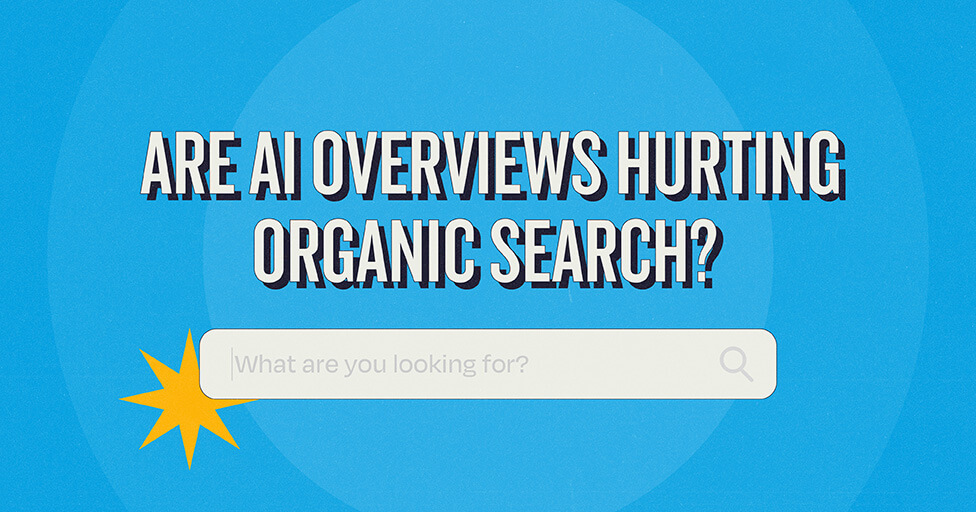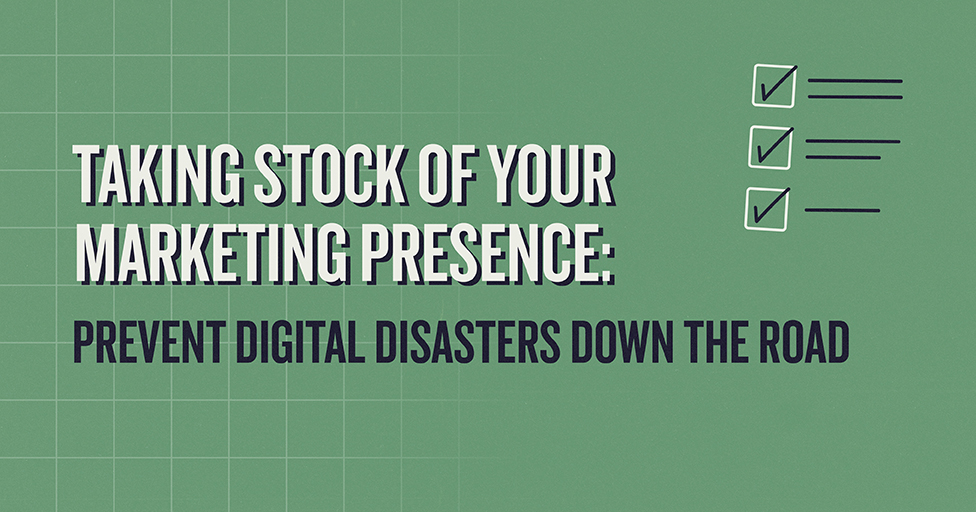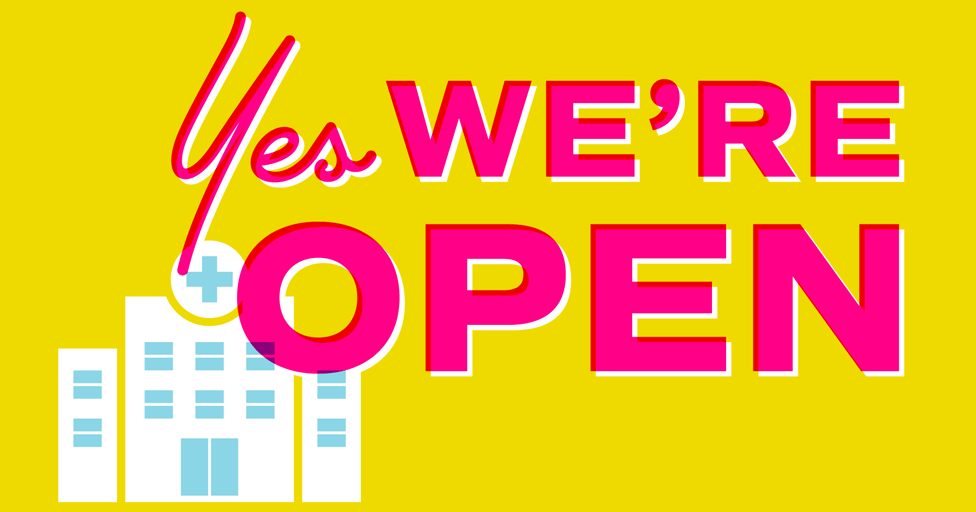
Over the course of the last several months, COVID-19 has taken an unimaginable toll on the American healthcare system. While hospitals and health systems were initially inundated with COVID-19 patients and hospital beds were in high demand, these systems have been left with significant financial strain. From the expense of additional equipment to the cancellation of elective procedures and delay of routine visits, the healthcare industry is facing historic financial pressure.
In order to overcome this unprecedented challenge, hospitals and health systems must strategically market themselves to lapsed patients. Because of the concern over contracting COVID-19 at a hospital or clinic, patients have avoided unnecessary—and even necessary—visits to the doctor. According to a survey by the Alliance of Community Health Plans, 41% of respondents have delayed receiving healthcare services and 38% intend to delay future care, treatment and procedures. Furthermore, among those with a chronic condition, 60% say they have put off getting care.
While this is a justifiable fear on behalf of the consumer, hospital systems have taken drastic steps to create safe and clean environments to avoid exposing patients to COVID-19. These directives include regularly screening patients and employees, social distancing, mask requirements, providing non-COVID zones, and rigorous cleaning and disinfecting. However, creating a disinfected atmosphere isn’t enough. It is crucial for hospitals and health systems to communicate to consumers that it is safe to visit their facilities.
Here are 3 content pillars we recommend utilizing in your COVID-19 safety messaging:
Inform
Again, making changes to your safety protocol and taking additional measures to prevent exposure is not enough. These changes must be actively communicated to current and lapsed patients in marketing materials. Don’t be afraid to address COVID-19 and what your organization is doing to keep healthy patients healthy.
Be sure to provide a comprehensive list of how CDC guidelines are being followed and how patients can stay safe during visits. One effective way to share this information is a designated website landing page. A landing page is not only a great way to educate patients, but it can also be a great jumping off point to schedule an appointment, either in person or virtually.
Important information to share includes:
- Masks – who wears one, what type of mask you need, are masks provided by the hospital?
- Hand Sanitizer – how available is this to patients and what is the protocol for healthcare team members?
- Screening for symptoms – explain how you screen all patients and visitors for COVID-19
- Testing – explain how all patients who are admitted or scheduled for surgery will be tested
- Cleaning, Reorganization and Check-in – explain how areas such as waiting rooms, lobbies and restrooms are cleaned often with special attention to frequently touched surfaces, the process for disinfection between patients in exam rooms, and about floor markings and furniture rearrangement and e-check-in
- Reinforce confidence that every patient will be safe while visiting your hospital
Reassure
In addition to talking to the safety protocols that have been implemented, showing the safety measures in action is equally important. Showing staff applying the new directives and patients visiting with providers is a great way to build confidence in lapsed patients. Additionally, sharing content that includes staff helps the community rally around your employees, raising morale and helping further support confidence in the organization.
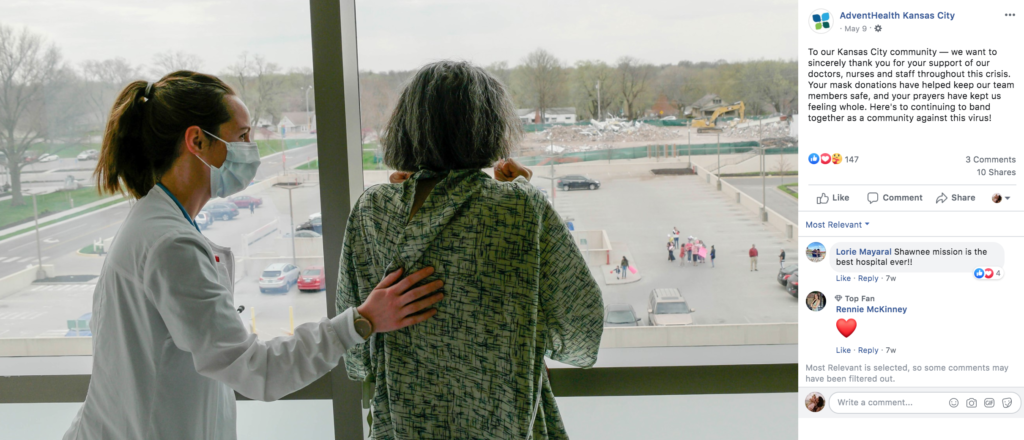
Video is an effective tool to help reassure lapsed patients in the health system’s commitment to creating a safe environment. Communicate safe access to your hospital during the pandemic by using your employees to deliver this message. Have them speak to what has changed and the number of steps taken to ensure safety precautions. Video gives patients a chance to see the safety precautions that are being taken and gives you the opportunity to express your commitment. Social media messaging can also help reach lapsed patients. Write copy for posts specifically dedicated to the certain aspects your hospital is taking to keep patients and workers safe. Be sure to weave safety into posts frequently. The constant assurance to patients is needed.
To help communicate a message of safety and to provide reassurance to patient at AdventHealth Shawnee Mission, MBB developed graphics to be shared across social media.
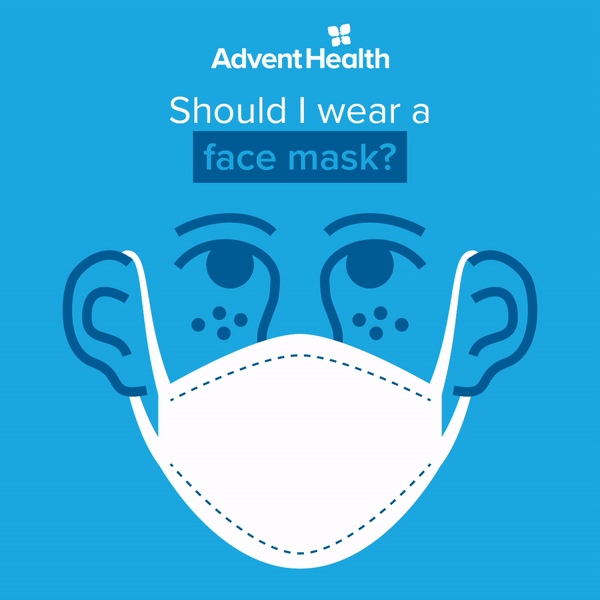
Empower
Communicate the benefits of being proactive with your health to patients. Remind current and lapsed patients why it is so important to continue annual health evaluations as well as to treat ongoing health concerns. Given that COVID-19 may be around longer than we initially anticipated, it is important to encourage patients to adapt to the changes and not put off seeking care. In addition, help patients understand what needs can be addressed via telehealth and when it is critical to see a provider in person.
As your health system is developing new campaigns for various service lines, be sure to keep the safety message mandatory. This will likely be a concern that lingers for several months or years, so it is imperative to continue the message, regardless of the service line or timing.
It is important to ensure patients know that, while things are different when heading to the doctor’s office or hospital these days, the extra steps in place will help prevent the spread of COVID-19 and are creating the safest experience possible. With proper communication it is possible to reassure patients that they will receive the same great care, just a little different. Bringing lapsed patients back to the healthcare system will help overcome the financial strain that many systems are facing, while also better preparing the community for future waves or outbreaks. If your system is looking to drive patient volume in the midst of COVID-19, let’s chat.
Subscribe to our newsletter
Get our insights and perspectives delivered to your inbox.
